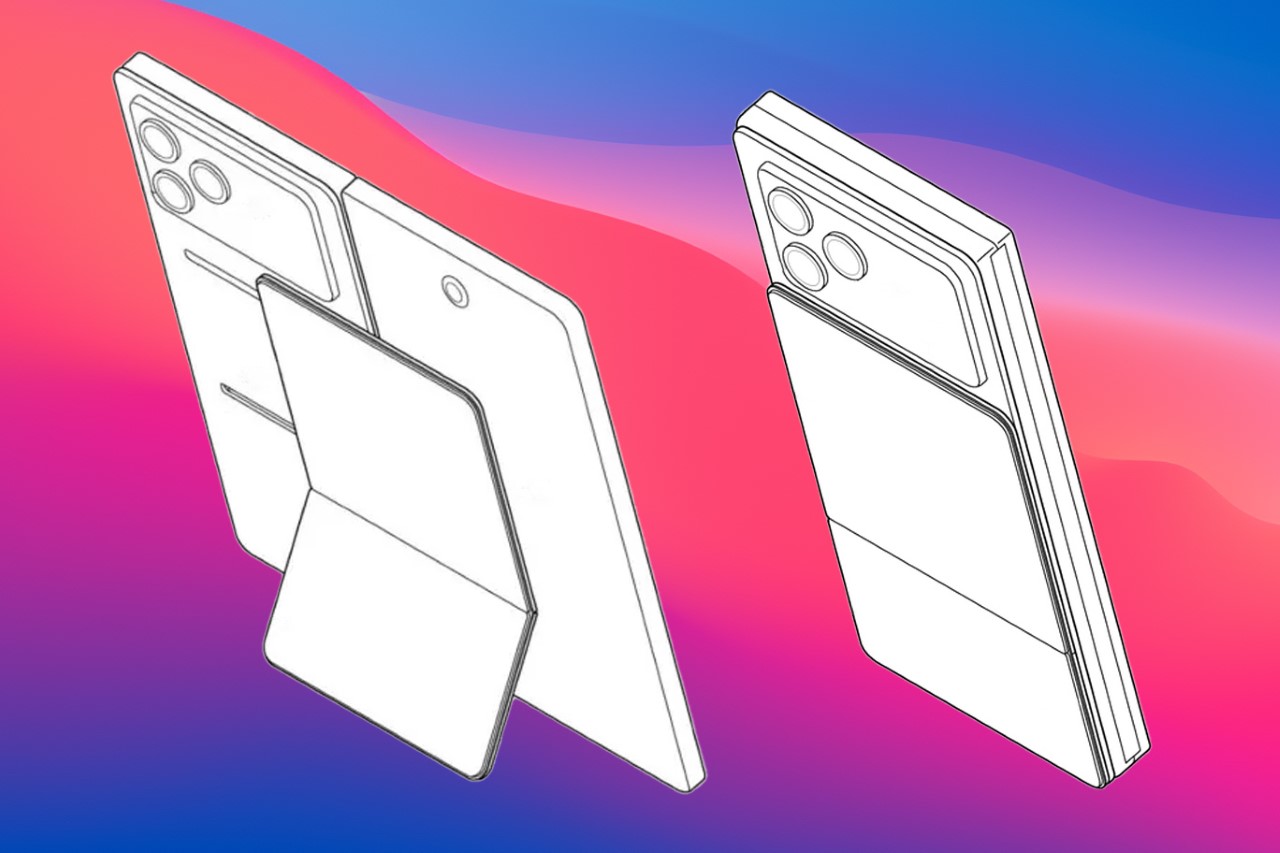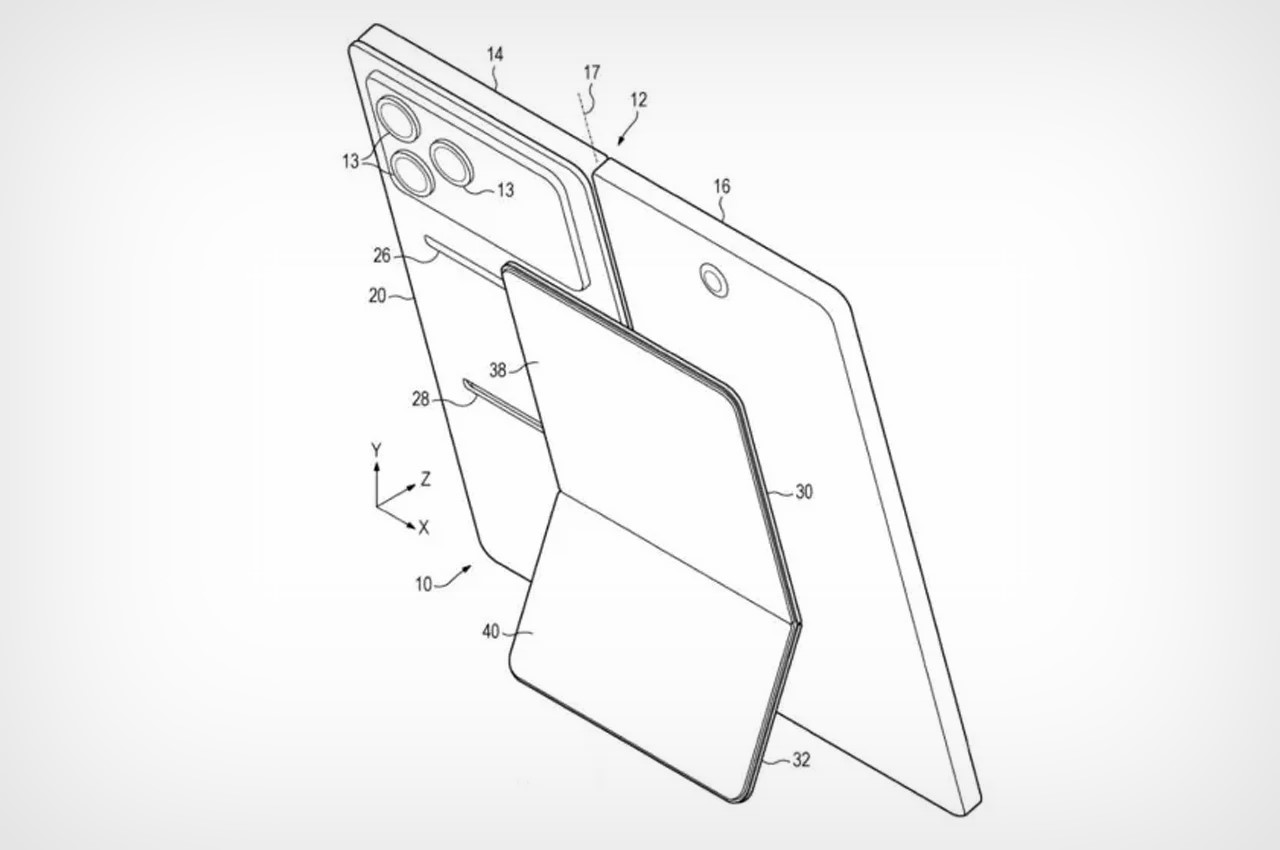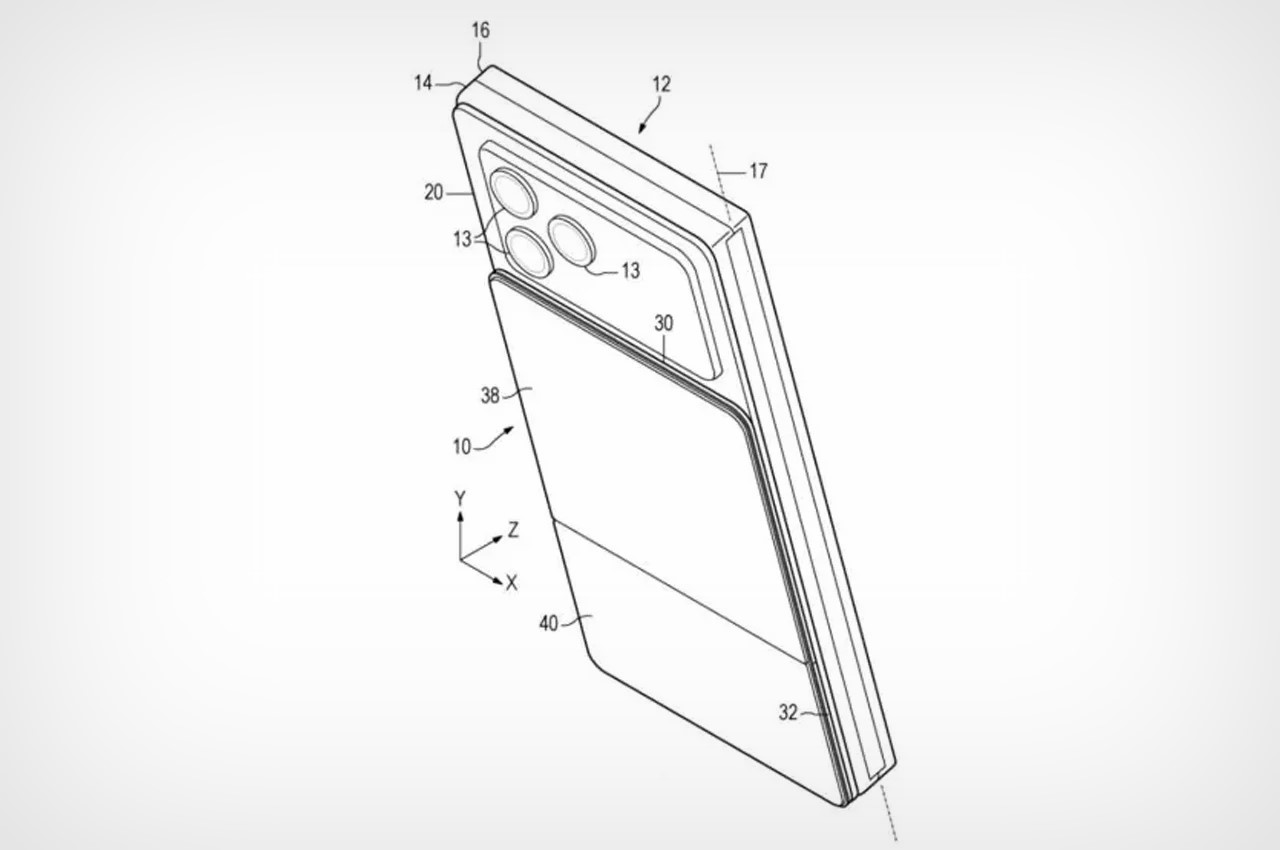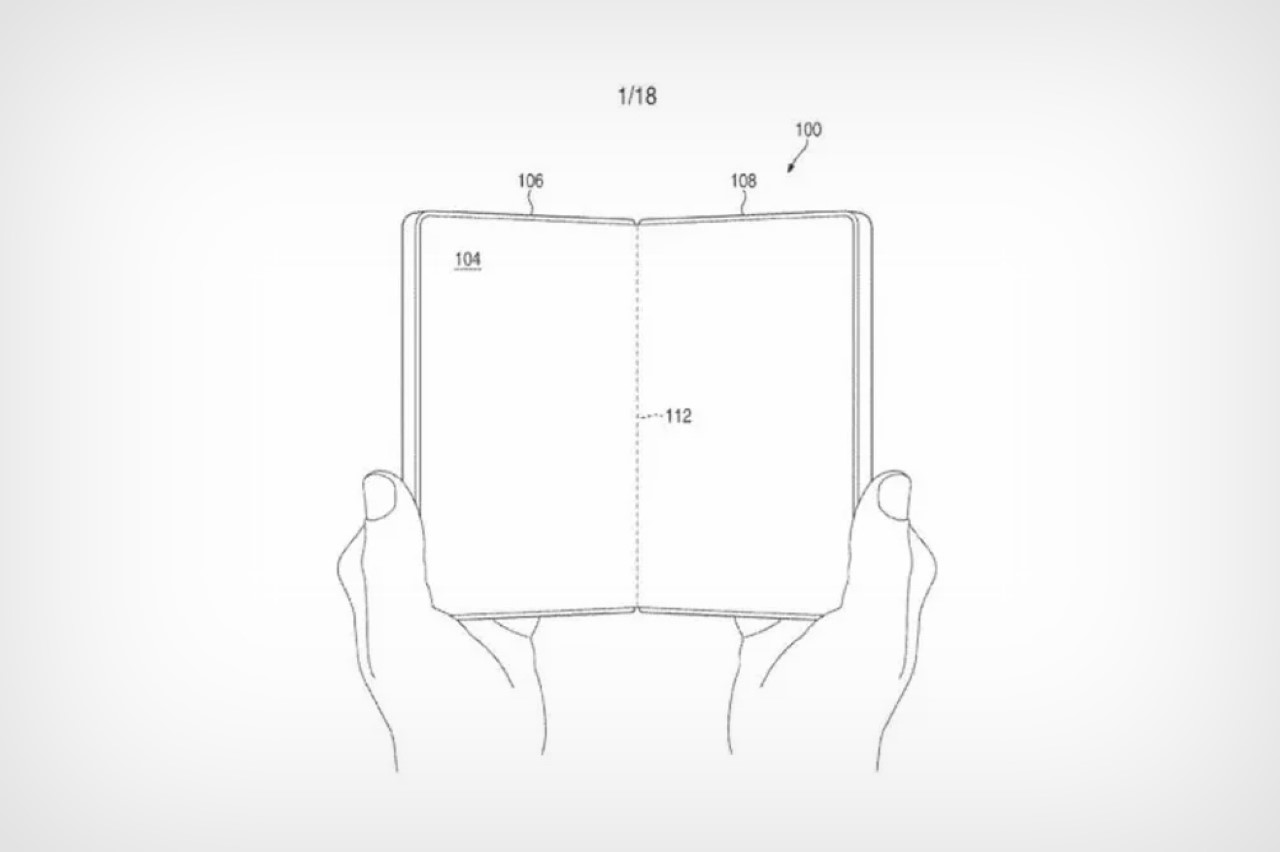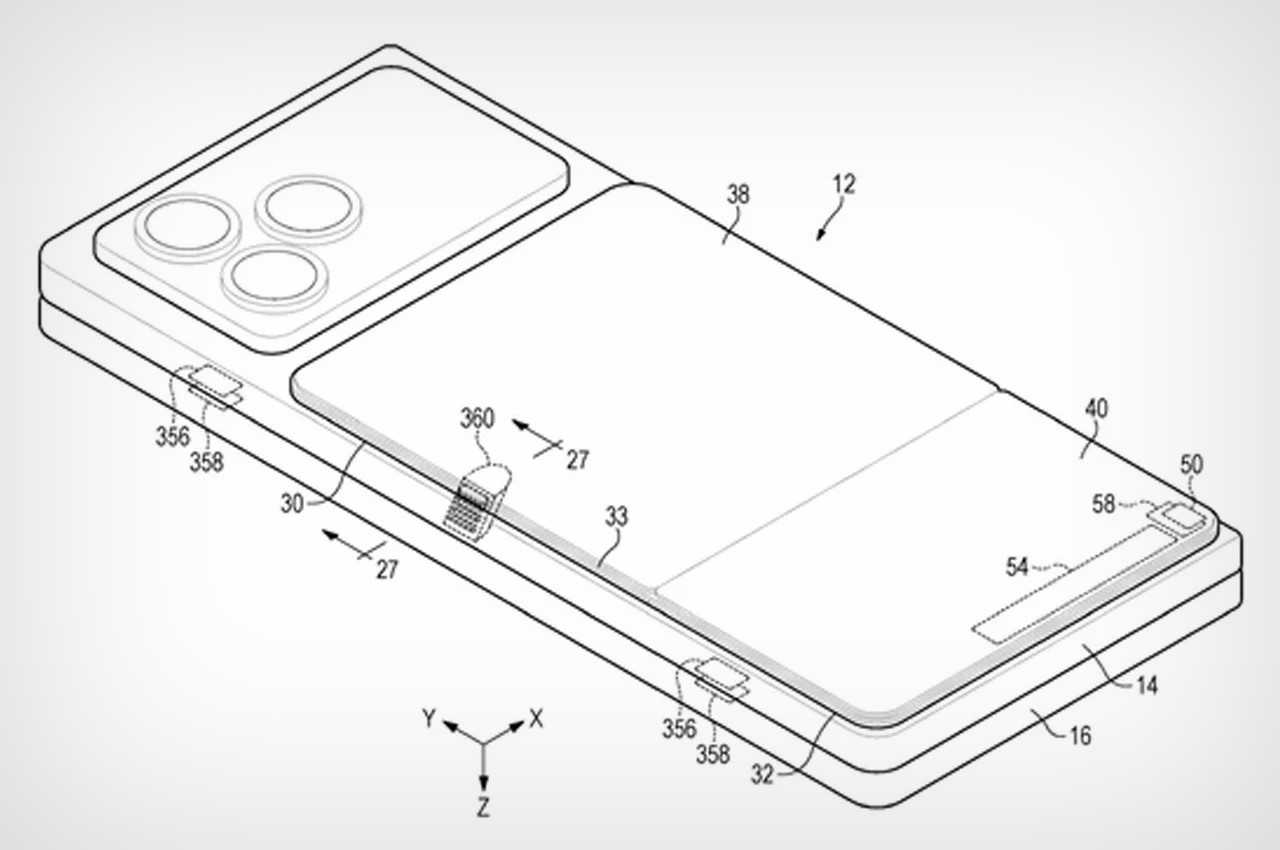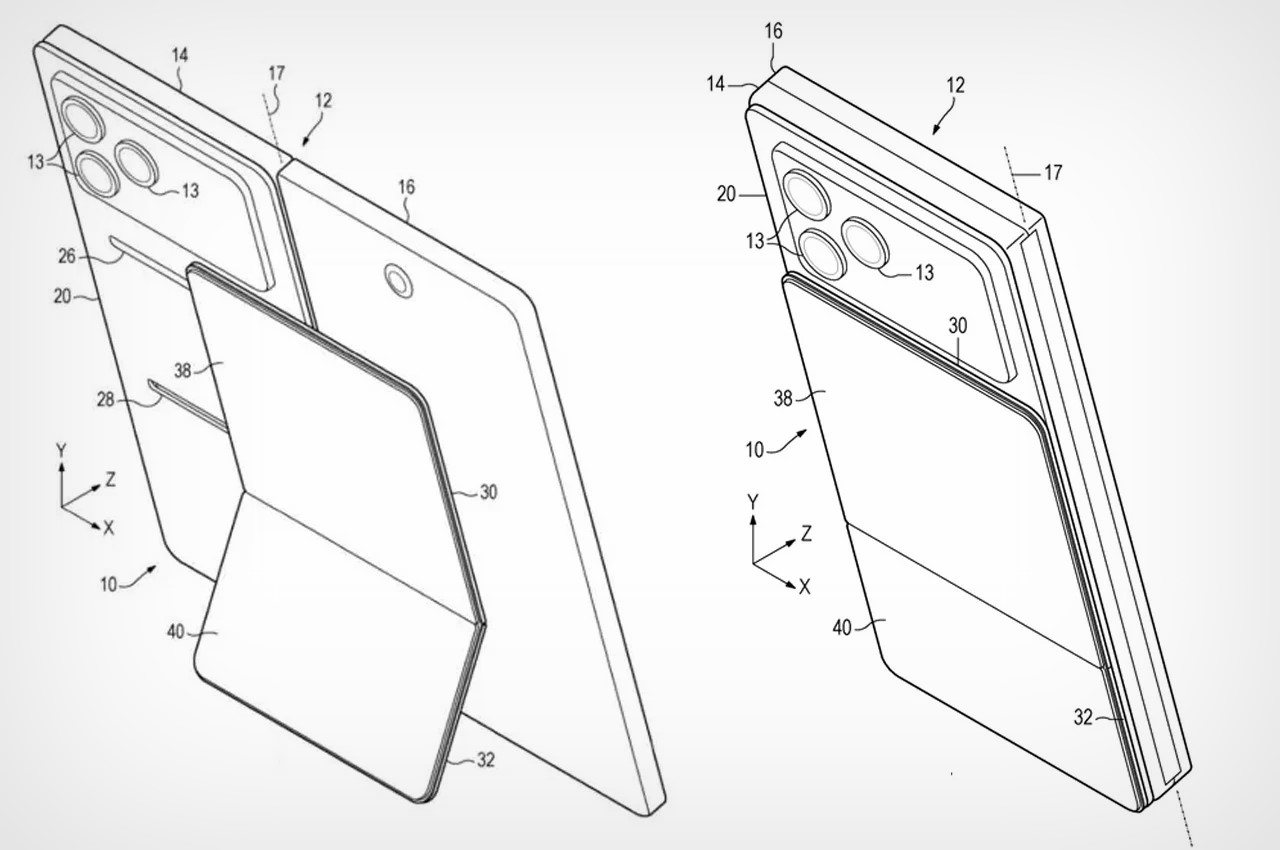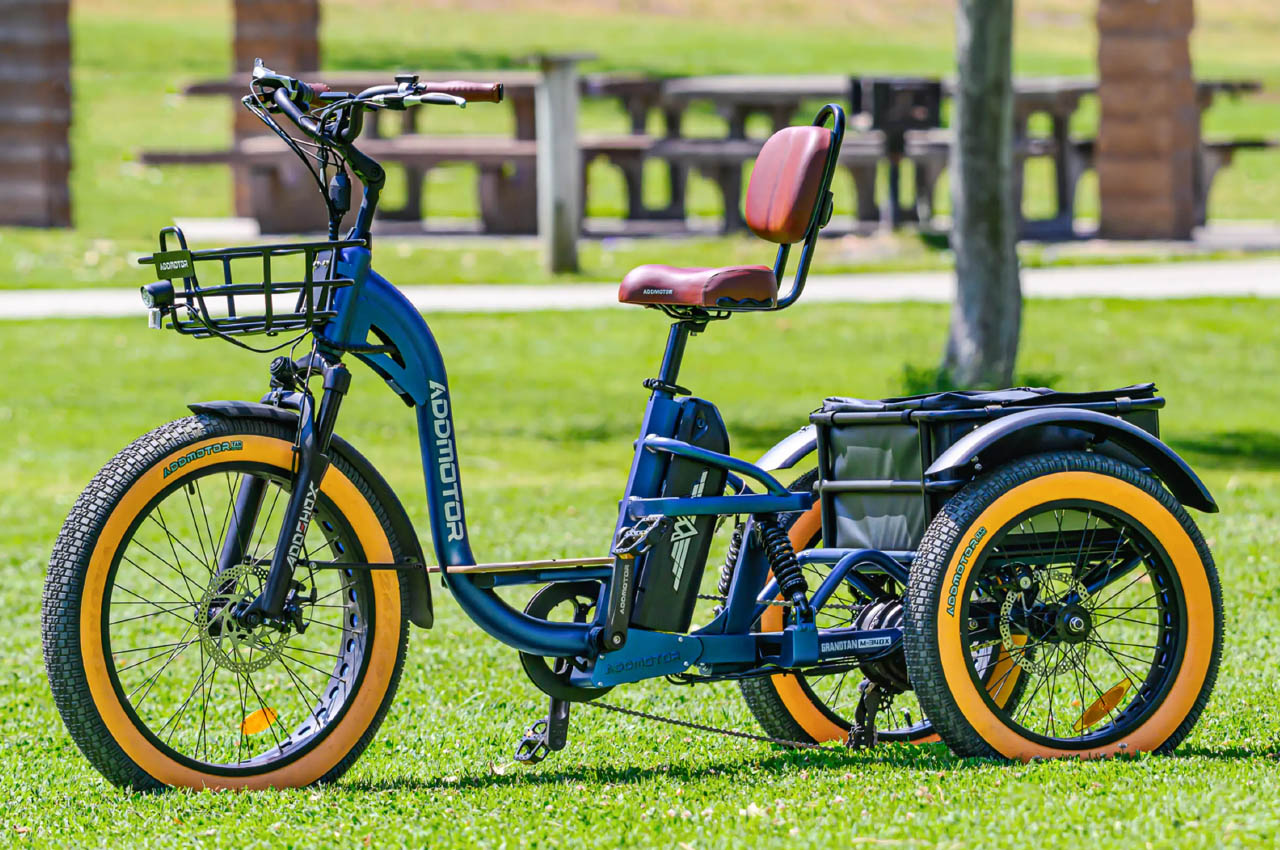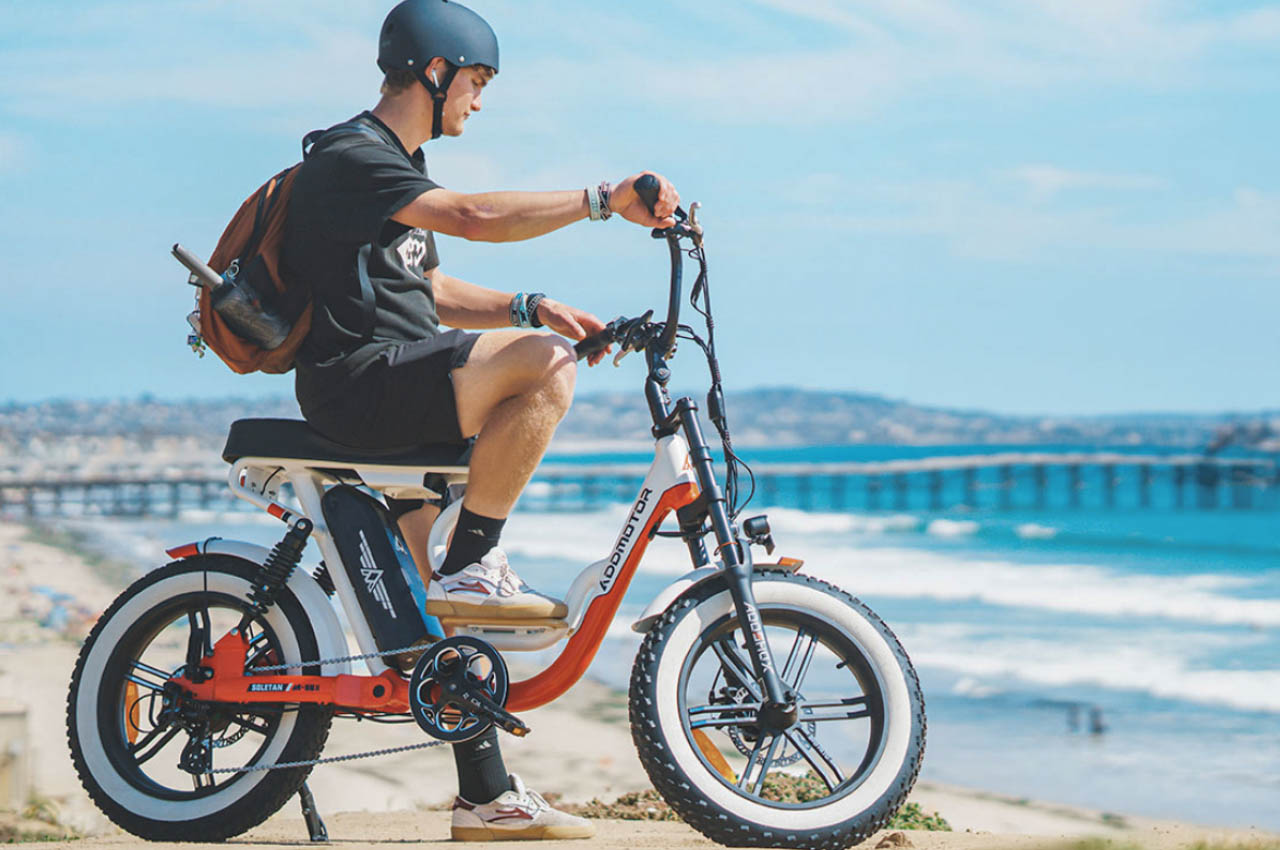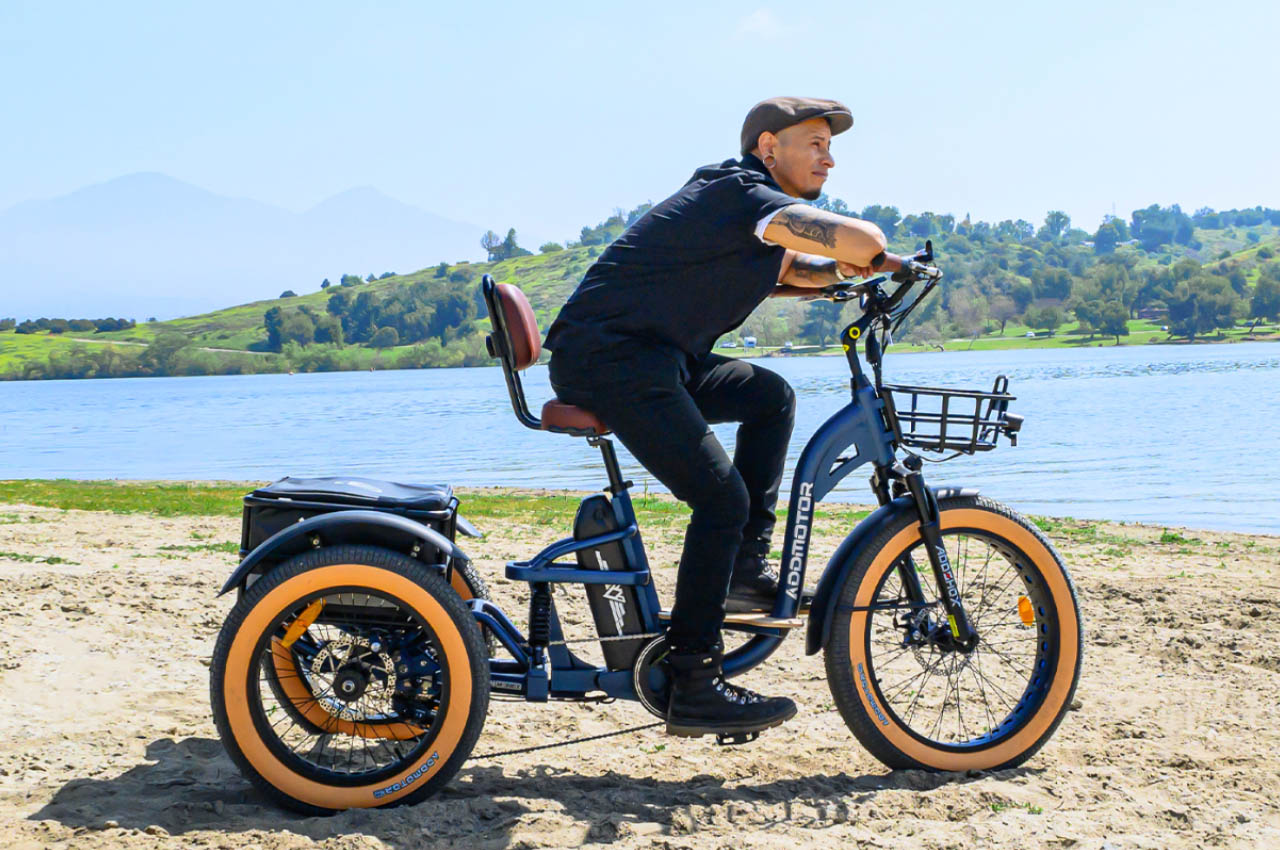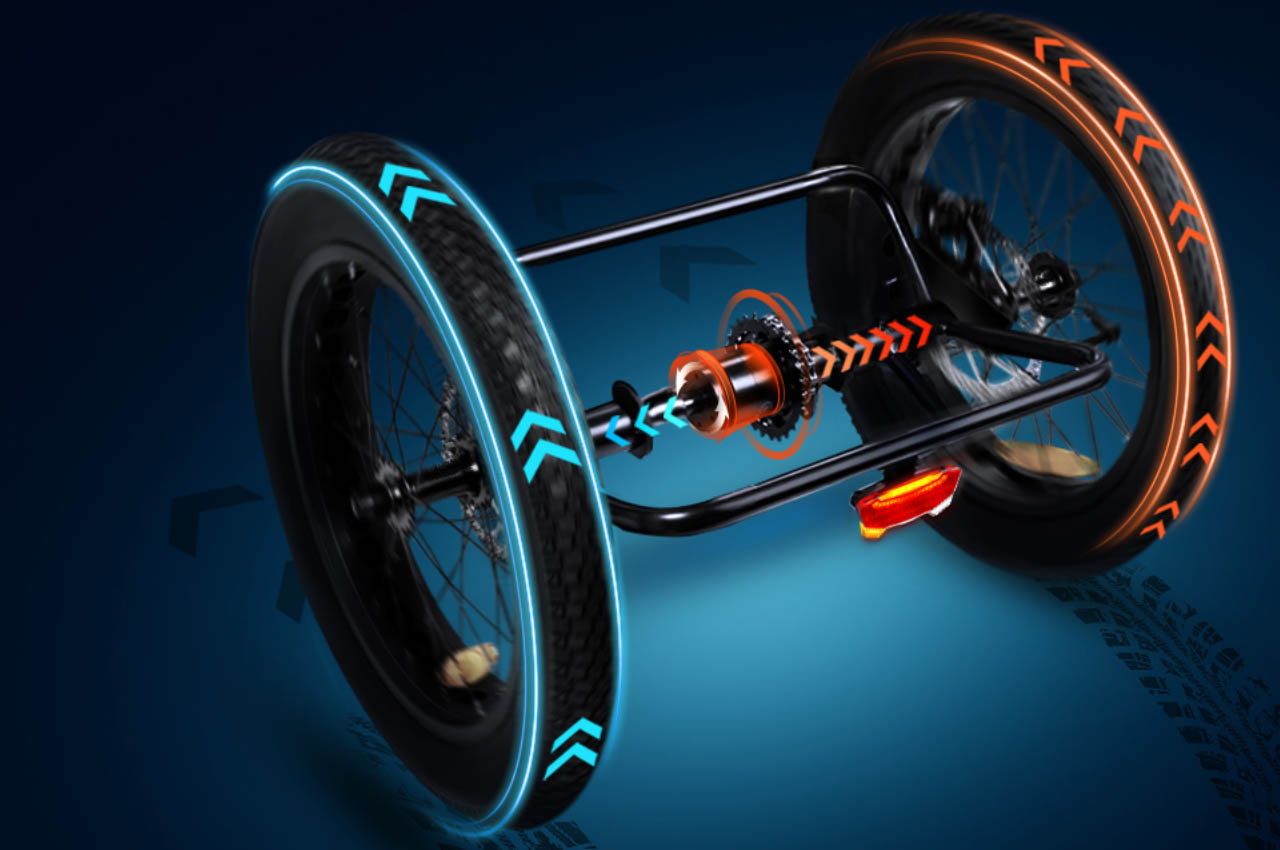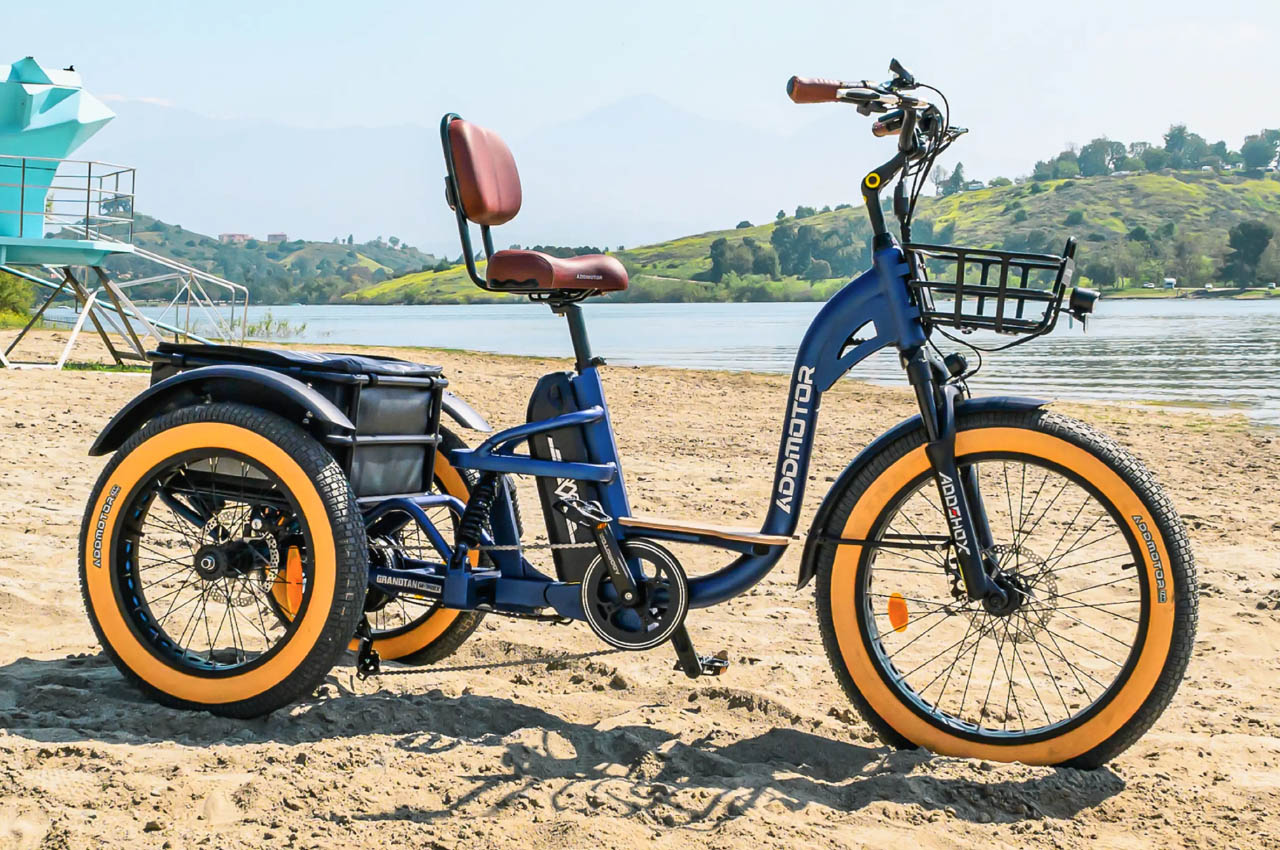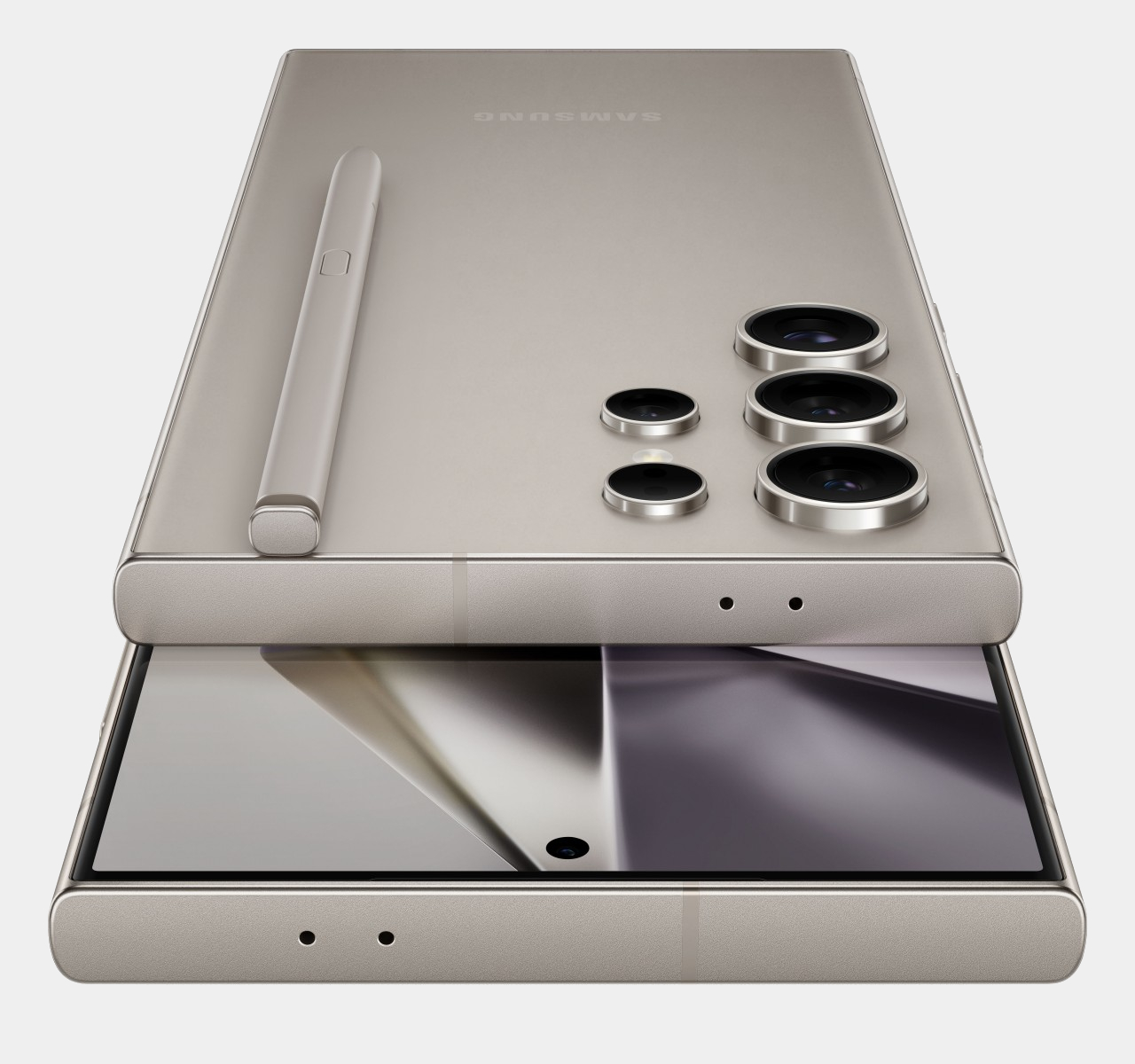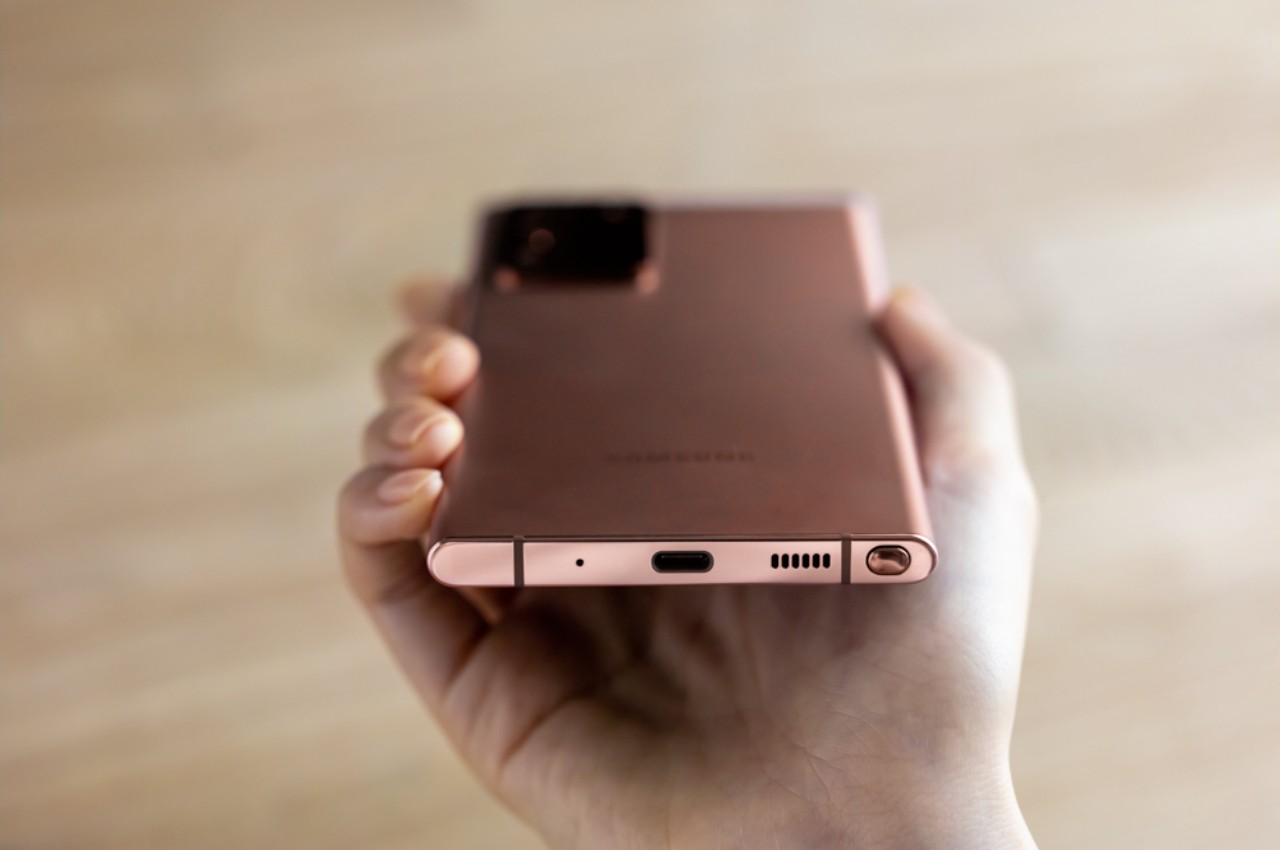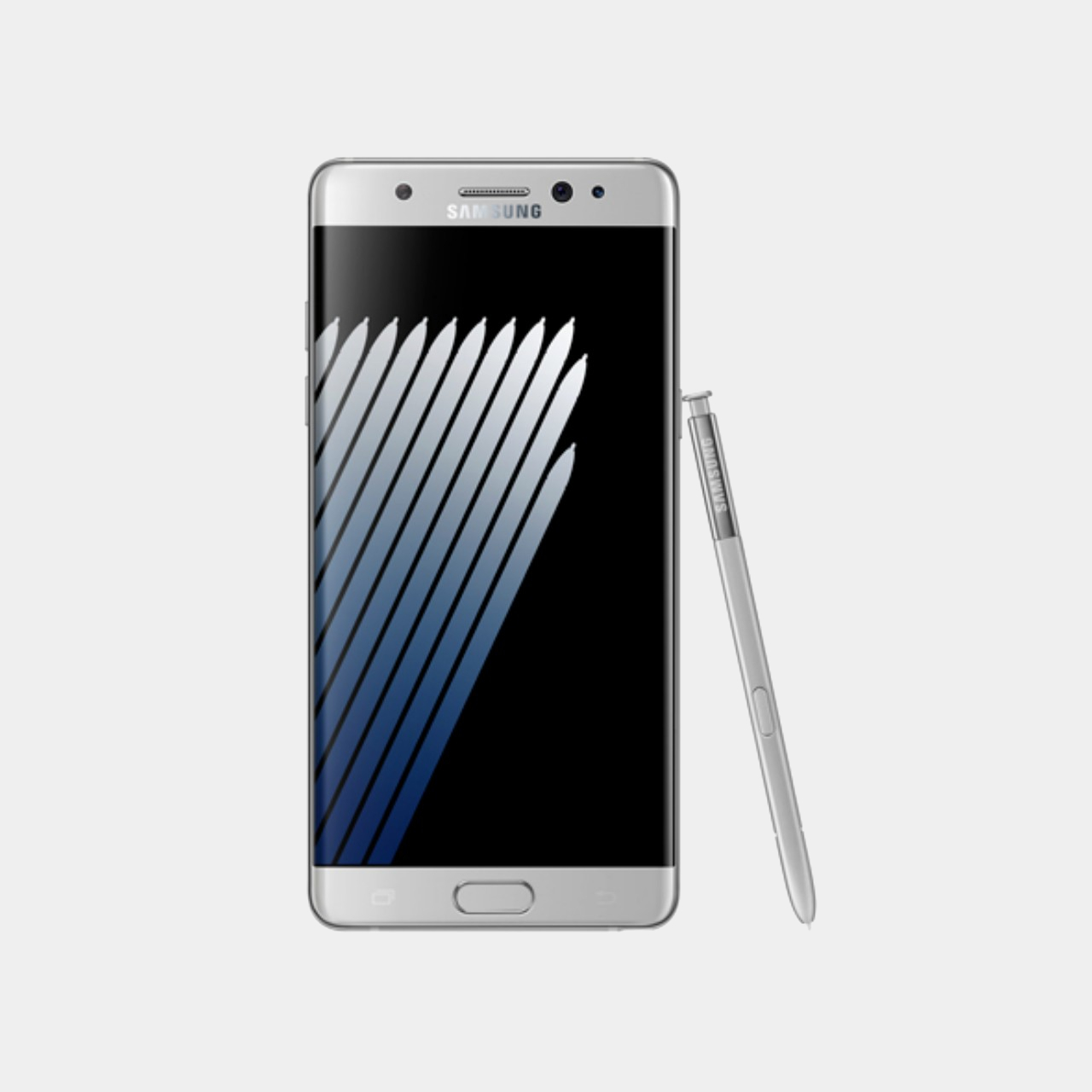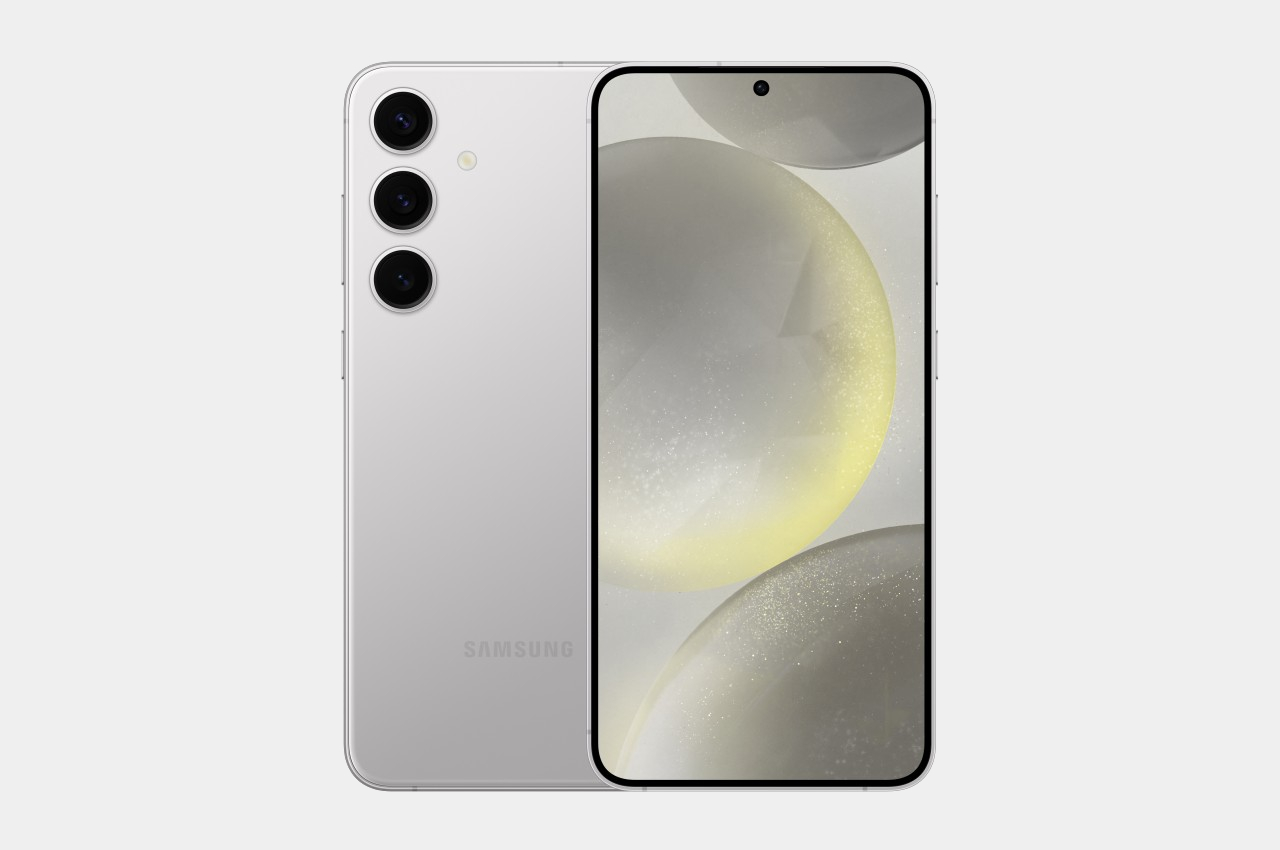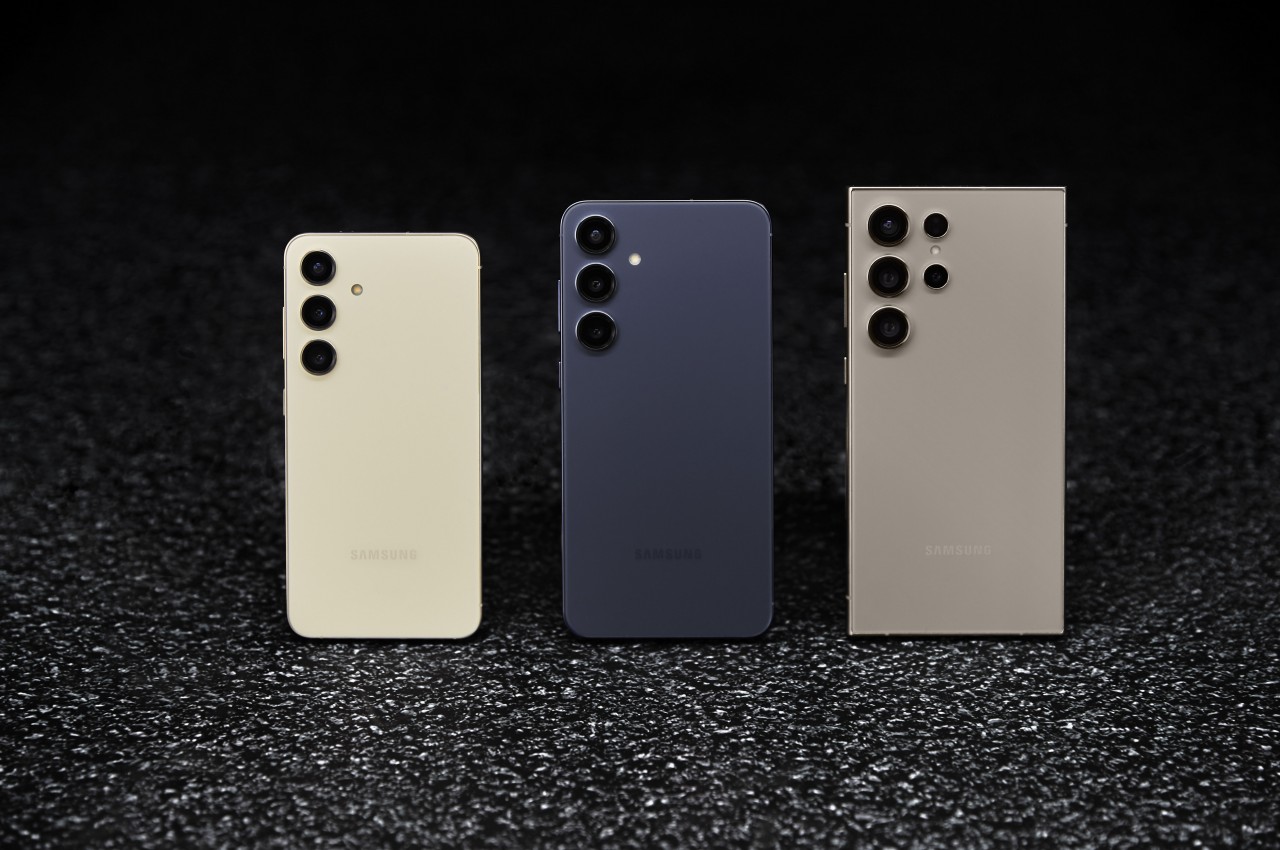This takes Pavlov’s bell to a completely different level!
Pets react to different music in different ways. For instance, my doggo would curiously nod his head from left to right and right to left at every note he heard. But he would instantly forget it all and run for the bowl on the first note of his food dropping into it.
Food is dearer to music, but music is a certain entertainer: this is not only true for humans, but for cats and dogs as well. If you agree, there is a musical way to keep your pet entertained and fed when you’re at home or away with the Pet Piano, a cross of an automated pet feeder and a piano.
Designer: The Pet Piano


Essentially a DIY project carried out by YouTube channel Smart Solutions for Home on the behest of YouTuber Aaron’s Animals, the smart piano pet feeder is now a buyable product, available on preorder from the pet piano website. If you’re a DIYer, you can still follow the step-by-step instructions to build a piano for your cat (as it was initially intended to be), otherwise, you can buy a ready-to-ship product and get your pet trained to play Beethoven while keeping her fed even when you are away.

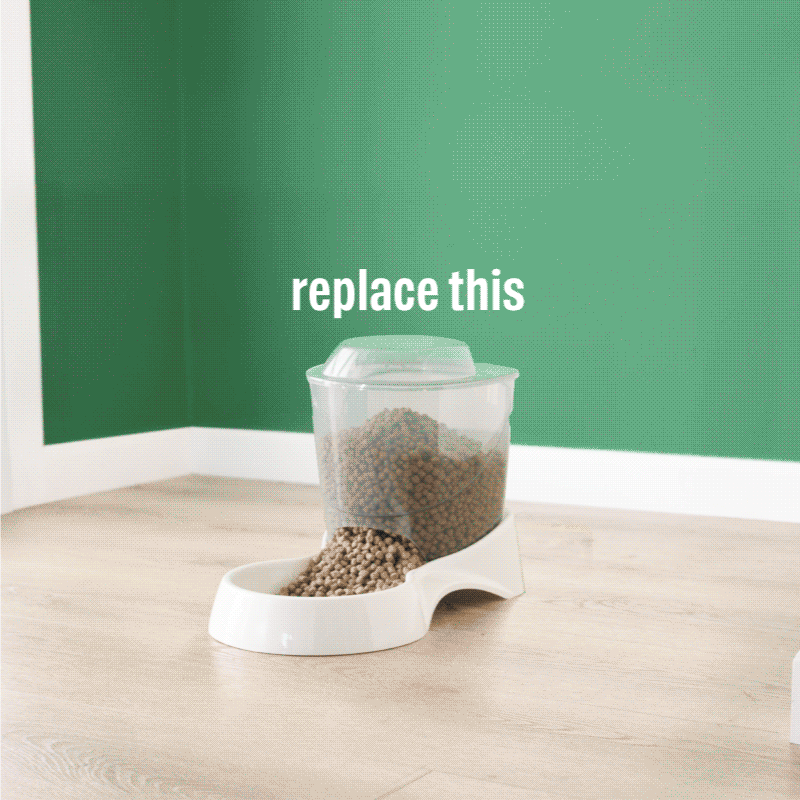
The interesting pet piano is created to release a measured quantity of food whenever the pet presses the key(s). Treat from creating music will be a phenomenal experience for your pet considering that a reward mechanism inculcates a behavioral change in a dog or cat’s cognitive development and mood. So, a reward (food) in return for pressing keys – that make melodious sounds – a positive behavior can in inculcated. As a safety measure, the Pet Piano is created to dispense treats at a moderate pace, which also promotes healthier eating habits.

Further, your pet can also leverage the auto tutoring mode of the pet piano, which automatically trains your pet to level up her piano skills over time. And for days when the pet is not in the mood to play the instrument, the feeder can be scheduled to dispense food – at a scheduled time – through the dedicated mobile app which can also be used to control and monitor the meal portion and other features.
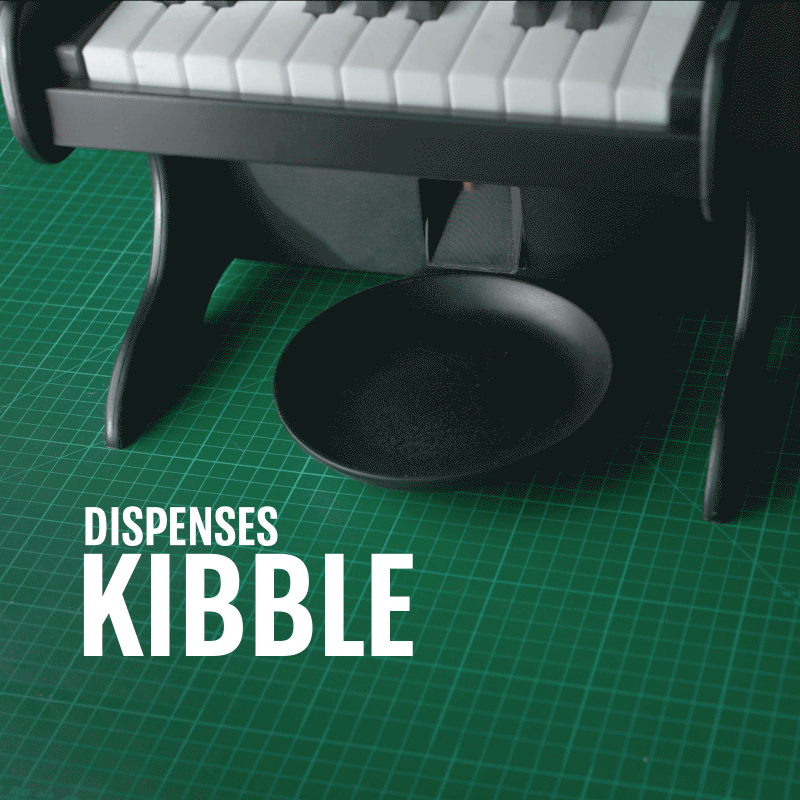

In comparison to other plastic and visually jarring pet feeders, the Pet Piano is made from durable MDF wood in a matte black finish so it can easily merge with your home aesthetic. Usable with cats and dogs of all shapes and sizes, it is provided with a locking mechanism to prevent break-ins and runs off batteries or can be plugged into a power source for nonstop functioning. We can’t guarantee your pianist pet will trend on TikTok, but it’s worth a shot, no?



The post The Pet Piano turns your furry friend into an amateur pianist to dispense treats! first appeared on Yanko Design.










